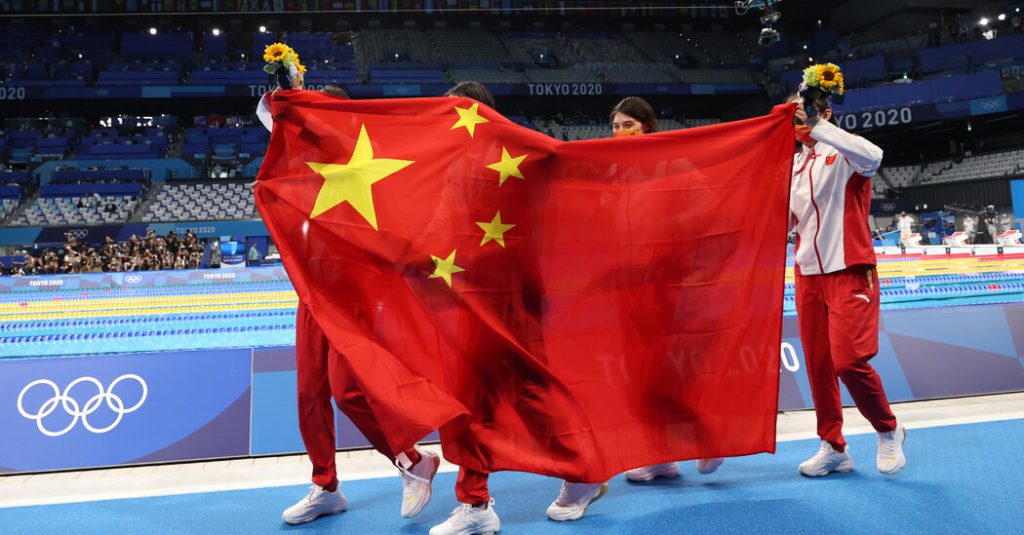In the early days of 2021, a concerning incident emerged in China’s swimming community, as 23 of their top swimmers tested positive for the same banned drug at a domestic meet. Chinese antidoping officials investigated the case, attributing it to mass contamination from a heart medication, trimetazidine, known as TMZ, found in a hotel kitchen where the swimmers had stayed for a New Year’s event. Despite the lack of concrete answers about how the drug entered the athletes’ systems, the World Anti-Doping Agency decided not to challenge China’s explanation, allowing the swimmers to continue competing and even qualify for the upcoming Olympics.
One key takeaway from this episode is the lack of transparency and accountability in the global antidoping system. Major nations, like China, are responsible for ensuring their athletes play fair, but there is a level of trust that others will do the same. In China’s case, the investigation left critical questions unanswered, leaving doubts about the integrity of the process. The incident raises concerns about the effectiveness of the system in detecting and preventing doping in sports.
A notable contrast was observed in the handling of similar cases involving drug contamination. When Russian figure skater Kamila Valieva tested positive for TMZ, WADA appealed Russia’s decision to clear her, emphasizing the need for strict enforcement of antidoping rules. In Valieva’s case, her explanation of contamination was dismissed as lacking credibility. However, when it came to the Chinese swimmers, WADA accepted the possibility of contamination as a valid explanation, without further investigation or consequences.
The Chinese swimmers’ case also raised questions about the inconsistency in applying antidoping measures across different athletes and sports. While other athletes who tested positive for banned substances received provisional suspensions pending further investigation, the Chinese swimmers faced no consequences. This leniency sparked debates about fairness and equality in the sport, as well as the need for a more consistent approach to handling doping cases.
Antidoping experts criticized a key claim made in the Chinese report, highlighting the flawed logic in dismissing the low concentrations of TMZ in the athletes’ samples as insignificant for performance enhancement. Experts argued that even low amounts of the drug could indicate prior use or exposure, suggesting a need for deeper analysis of the samples. Despite these concerns, WADA cited the low concentrations and testing variances as factors in their decision not to intervene in the case.
The involvement of U.S. law enforcement in the investigation added another layer of complexity to the situation. Federal authorities took an interest in the failed drug tests of the Chinese swimmers, leveraging a law passed in 2020 that allows them to pursue doping cases in international competitions. This development sheds light on the global reach of antidoping regulations and the potential consequences for athletes and nations involved in doping scandals. Ultimately, the incident highlighted the challenges and controversies surrounding doping in sports, particularly in the lead-up to major international competitions like the Olympics.


